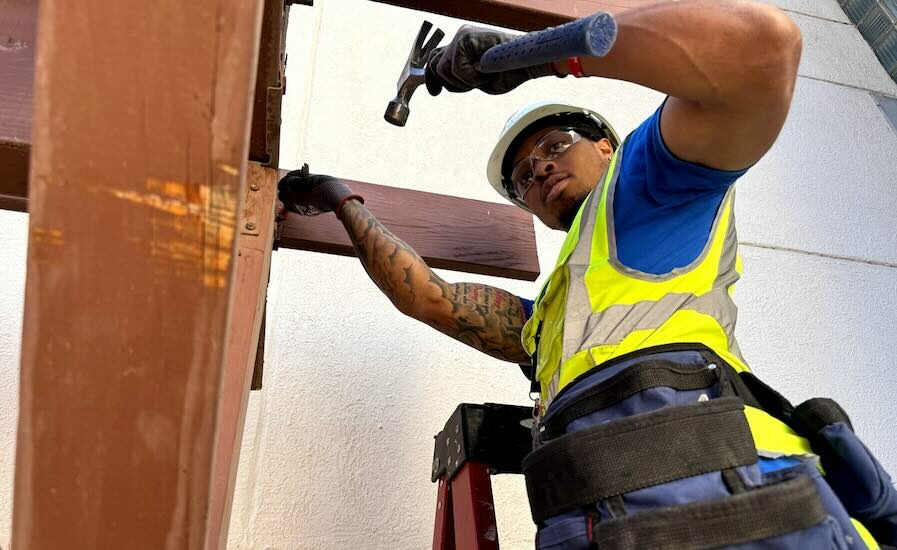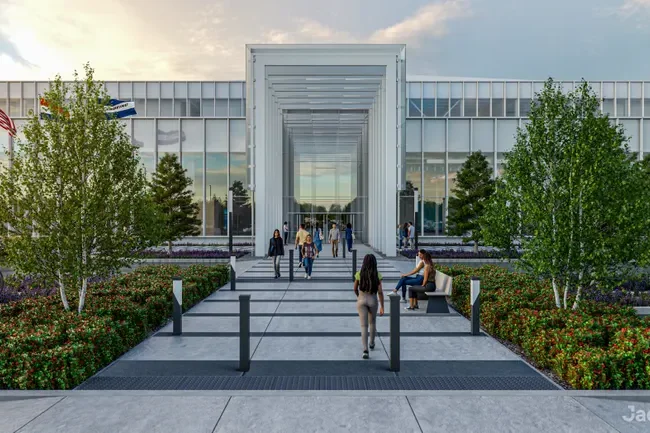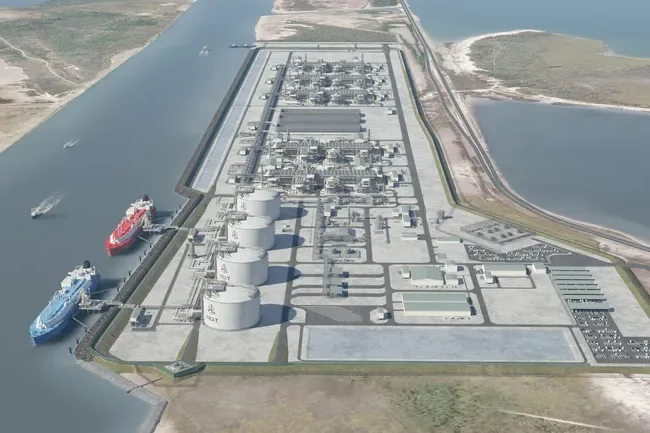
Industry Econ Forecast 2025 | Contractor
“As more young people today are looking at jobs that offer them greater flexibility, good wages, financial relief and quicker entry into the workforce, choosing an alternative career path like the skilled trades has become a viable option to the next generation,” said Daniel Quinonez, Executive Director for the PHCC Educational Foundation. “According to current market trends, many are choosing to forgo the traditional four-year degrees only to pursue vocational training programs instead. We’re seeing this shift through our PHCC Academy ® pre-apprentice and apprentice programs, which has seen a significant increase in enrollment over the last few years.”
Among the factors that Quinonez attributes the rise in enrollment for the Academy’s plumbing and HVAC trade courses to are job security, demand and financial incentives.
“Where else can you find stable employment with competitive wages and career advancement opportunities, regardless of how the economy is doing,” said Quinonez. “And with fewer people entering the trades while many are aging out, there continues to be a growing demand for skilled workers.”
Where Things are Going
One chief leading indicator for the economy is the Architectural Billings Index (ABI), a gauge of how much business leading architecture firms are seeing. For November 2024, the ABI was flat, with the share of firms that reported declining billings essentially the same as the share that reported increasing billings. This may reflect a “wait and see” approach on the part of some construction firms ahead of the US elections.
Based on current trend lines—including inflation, interest rates, confidence levels, etc.—most economists are predicting continued economic growth in 2025, although at a slightly lower rate than in 2024. In a recent webinar conducted for Construction Executive Magazine, Anirban Basu, Chief Economist for Associated Builders and Contractors said, “If I were an economic advisor to the Trump Administration, I would advise that they wait and do nothing. As interest rates continue to fall, it will spur construction, investment, homeownership and job growth.”
However, “wait and do nothing” looks like the incoming administration’s least likely course of action. Many businesses are eagerly anticipating lower taxes, and a more industry-friendly regulatory environment, and these may indeed find their way through Congress and ultimately work to boost economic growth.
However, the Trump team has promised two distinct sets of policies that have economists concerned.
The first is sweeping tariffs aimed at some of the US’s largest trading partners, including China, Canada and Mexico. While tariffs may give an advantage to some domestic businesses, in the short term they will almost certainly drive up costs for a range of imported goods, which would certainly spur inflation.
That said, it remains to be seen just how much of these proposed tariffs are genuine, and how much is posturing to secure an advantage in future economic and political negotiations. Time will tell.
The second is mass deportations of undocumented immigrants. Given the already tight labor market this would drive up the cost of labor, particularly in sectors such as agriculture and hospitality, which would also increase inflation. While the incoming administration seems in earnest about fulfilling on this promise, actually making it happen involves huge logistical challenges. Again, time will tell.
Importantly, it does not appear the new administration is serious about addressing the national debt. During the (at the time of this writing) President-Elect’s first term in office, laws and executive orders signed by him added roughly $8.4 trillion to the national debt over a 10-year period.
Other ongoing economic concerns include the war in Gaza, the war in Ukraine, possible economic instability in China, and the possibility of another pandemic (cases of H5N1 Bird Flu are rising, but do not appear to be spreading person-to-person).
While all of these many factors are worth keeping an eye on, the main focus for any contractor in the coming year should be their individual business and the markets that they serve. Well-managed companies can always find a way to thrive, even in the face of adverse economic conditions.
Post a Comment
You must be logged in to post a comment.





